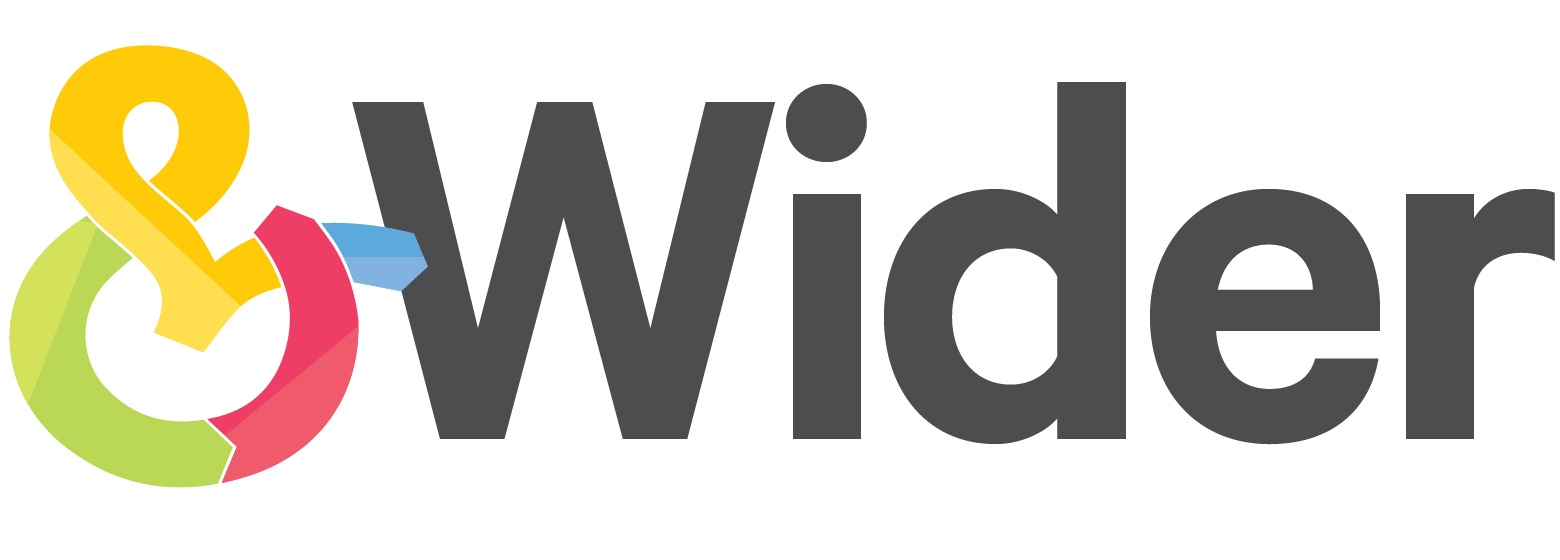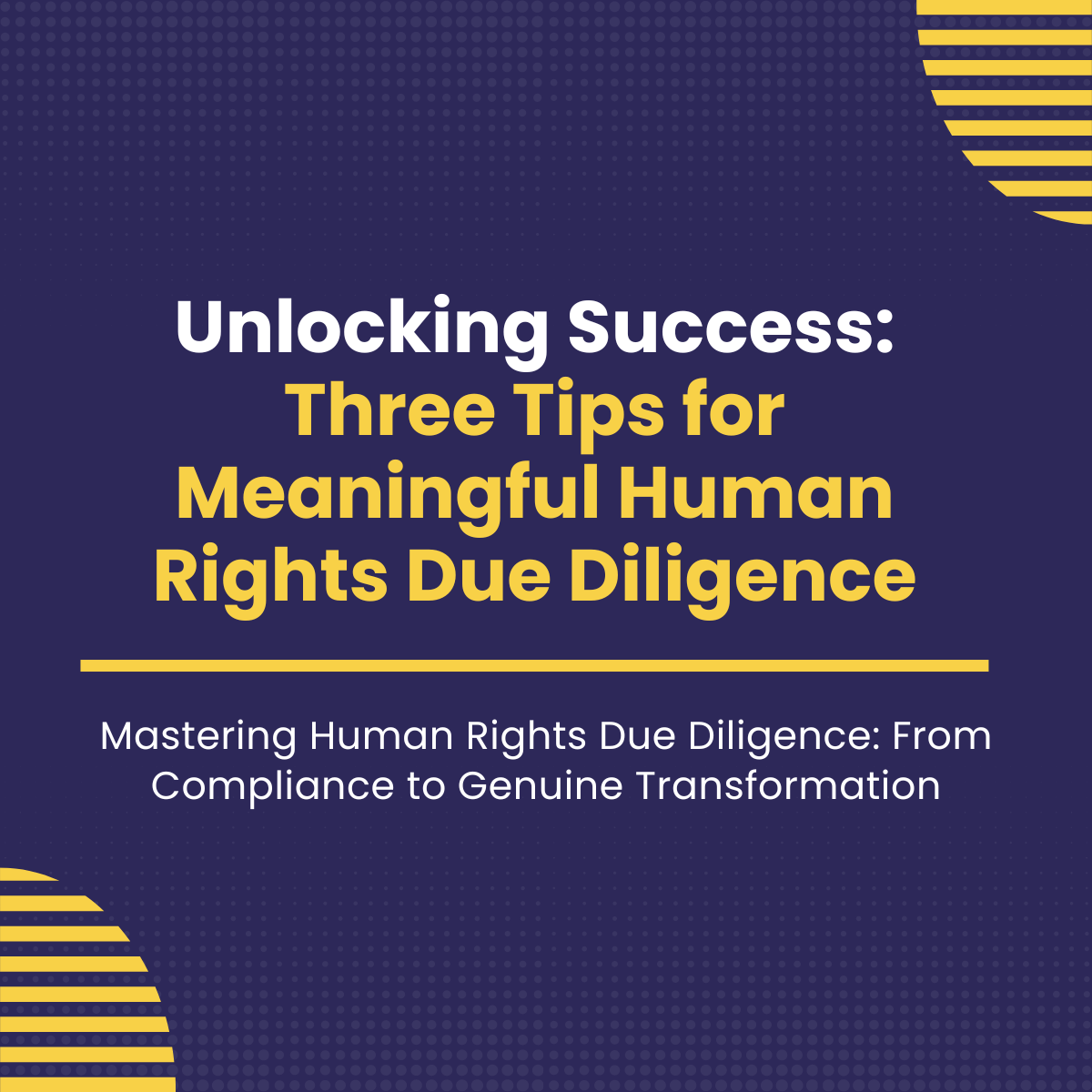In our previous blog, we explored the critical choice businesses face between the compliance route and meaningful transformation in human rights due diligence (HRDD). Now, it's time to move from theory to practice. This second instalment provides three essential tips to help you embark on that transformative journey. Learn how to ensure compliance while fostering sustainable growth, enhancing stakeholder relationships, and transforming your supply chain into a resilient and positive force. Dive into actionable strategies that can elevate your HRDD efforts from a mere regulatory exercise to a value-generating initiative.
Read MoreIn today's complex regulatory environment, businesses face increasing pressure to ensure responsible practices throughout their supply chains. This two-part blog series explores practical strategies for effective Human Rights Due Diligence (HRDD). In Part 1, we examine the regulatory changes and the choices businesses face between taking a compliance-driven route or opting for meaningful transformation. Discover how to navigate the crossroads between mere compliance and fostering genuine improvement for people and the environment while allowing businesses to thrive.
Read MoreAt &WIDER, we understand the critical role of data in driving organizational growth and fostering continuous improvement. Our commitment extends beyond just collecting data; we're dedicated to supporting our suppliers and clients in navigating their results effectively, empowering them to make informed decisions and drive meaningful change.
Read MoreEngaging suppliers in human rights due diligence can be challenging, especially when they are already managing various compliance requirements. Here's how we, as the &Wider’s implementation team effectively onboard suppliers to take our worker monitoring surveys, to make the process mutually beneficial.
Read MoreSuppliers play a crucial role in driving change and shaping the working lives of workers. However, getting suppliers to willingly sign up to allow worker engagement systems to be introduced can be quite challenging. In this blog post, we will explore strategies to unlock supplier buy-in and interest in the benefits of worker engagement.
Read MoreWe conduct Direct Worker Reporting for our clients. What then is the difference between Direct Worker Reporting and Worker Voice Technologies?
Read MoreWhere does Direct Worker Voice fit into your responsible sourcing strategy? We run through three major ways you can incorporate Direct Worker Reporting to your responsible sourcing programme for maximum impact and value.
Read MoreMany brands are capturing data in their supply chains and are eager to talk about impact. But social impact is radically different from social compliance. What does that impact look like? And how can we build and measure it over time?
Read MoreDisclosure requirements around the world are increasingly becoming the new norm, but they are rife with references to risk: how do you overcome this and move beyond risk mitigation toward impact?
Read MoreThe relationship between supplier and buyers is shifting. What is the difference between a policing and a partnership model? And how can this shift be accelerated in the responses to COVID-19?
Read MoreWe work in the field of “responsible sourcing”. How, to date, have we all tried to carry out this responsibility?
Read MoreIt was refreshing to observe a change in tone and seriousness during the annual SEDEX conference.
Read MoreWe have long been whining about the shortcomings of auditing, but a widespread abandonment of the role of the auditor is not going to happen anytime soon. Why?
Read MoreSome workers may never risk giving candid feedback about their working conditions. But even in precarious workplaces, we do and will continue to find workers who will still risk it.
Read MoreThese key business partners are more than just gate keepers that allow access to factories abroad, they also play a critical role in interpreting expectations, communicating priorities, and understanding challenges that factories in their base are experiencing.
Read MoreHow do these worker voice tools work and how can we better distinguish between gathering data on working conditions and being involved in the dialogue itself?
Read More















